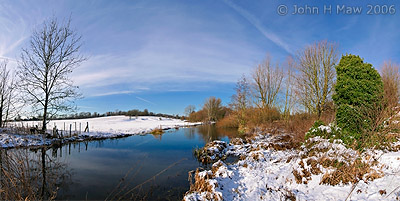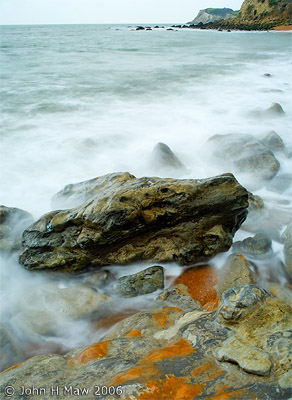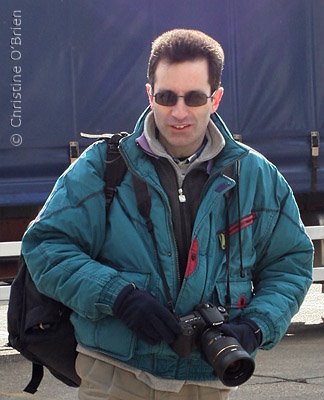The camera never lies (Yeah, right)

Who said that in the first place. Whoever it was, he or she was either being deeply dishonest or had been seriously misinformed. When teaching classes and particularly in the case of those who are fairly new to digital capture, there are often people who honestly believe that it was once true, and that it is just the digital demon that has brought deception and subterfuge to the pure world of photography.
Of course it is my role - and indeed duty - to correct that perception. Oh, and do I enjoy doing so. But who are the witnesses for the prosecution in this case of "Truth versus Camera"? Lets call them one by one.
First of all I call Kodak and Fuji (and Agfa and Ilford - why not). They all make/made a wide range of different films that would show the truth in very different ways. If you ever took the same scene using Fuji Velvia and Kodachrome 64 slide film you will know what I am driving at here.
Next to the stand is the human brain. In it's self so easily fooled, or is it doing the fooling. It is hard to be sure. But it certainly meddles with the truth to such an extent that it should tread carefully in the witness box for fear of being charged with perjury. Like a corrupt politician it sees what it wants - or expects - to see.
For my next witness I call a whole host of wartime propaganda photographs and films. This article makes fascinating reading, and if it is to be believed (but then everything we read is true, isn't it) "Pancho Villa sold the rights to film his campaigns in the Mexican revolution of 1910-17 to an American film company. For $25,000 Villa agreed to give the Mutual Film Company of New York exclusive rights to his battles and to stage them in daylight as much as possible".
Next I call the darkroom. Even the name sounds sinister. Think of all the changes and meddling that have gone on in order to bring the negative image onto paper. Or was it a combination of more than one negative? Was multi-contrast printing perpetrated and almost certainly there was dodging and burning? Who knows what goes on in that "Dark Room" - the red light district of photography.
And talking of darkroom wizardry I now call Angus McBean, the well known surrealist photographer who made wonderful images as he wanted them to be. There is more information here.
Lastly, I call the camera. Yes, the defendant is being called as a witness for the prosecution. This contraption doesn't even know what truth is. It has conspired with more fraudsters - or is that photographers - than a Sicilian mobster.
Anyone for the defence? No. As you see, even the defendant has defected to the other side.
Image from my Isle of Wight trip, December 2006



